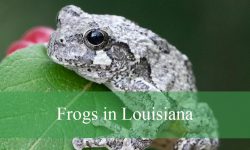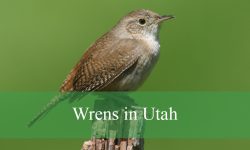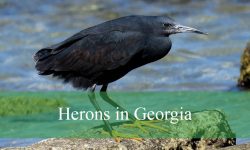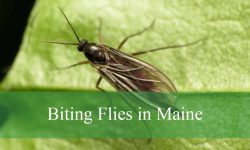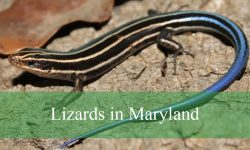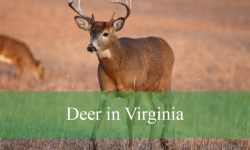Squirrels in Georgia are easy to spot in parks, forests, and even residential areas. Their quick movements, fluffy tails, and playful behavior make them a familiar part of outdoor life across the state. With Georgia’s mix of natural habitats and suburban growth, squirrels have adapted well to many environments.
There are three native types of squirrels in Georgia: the Eastern Gray Squirrel, the Fox Squirrel, and the Southern Flying Squirrel. Each has its own size, color, and behavior, making identification both fun and educational. Some are active during the day, while others only come out at night.
Learning about squirrels in Georgia can help people enjoy wildlife more deeply. Watching them glide, jump, or forage is a great way to connect with nature and understand how these animals live in the trees and spaces around us.
Common Squirrels Found in Georgia
Eastern Gray Squirrel (Sciurus carolinensis)
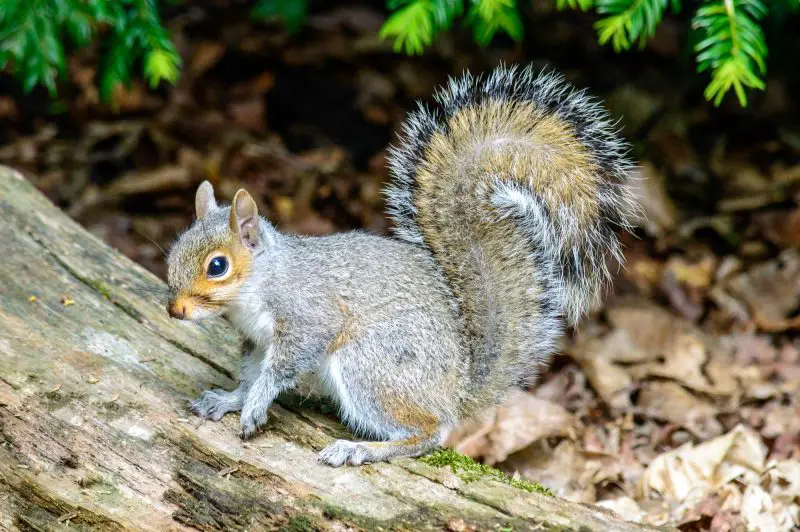
The Eastern Gray Squirrel is the most abundant and widespread squirrel species found throughout Georgia. Adults typically measure between 9 and 11 inches in body length, with an additional 7.5 to 10 inches for the tail, making them medium-sized tree squirrels. Their fur is predominantly gray with white or pale undersides, though some individuals can have cinnamon or brownish tones. The bushy tail, often flecked with white, aids in balance and communication. Their large, dark eyes and alert expressions give them an appearance of constant curiosity.
Eastern Gray Squirrels are diurnal and most active during the early morning and late afternoon. They are known for their acrobatic movements in trees, easily leaping from branch to branch and using their sharp claws to grip bark. These squirrels construct two types of nests: leafy dreys built high in tree branches and cavity nests inside hollow trees. During the cold winter months or breeding seasons, cavity nests offer better protection. They typically have two breeding periods per year, in late winter and mid-summer.
Their diet is highly varied and includes nuts (acorns, hickory, beech), seeds, buds, flowers, fruits, mushrooms, insects, and occasionally bird eggs. Eastern Gray Squirrels are well-known for their caching behavior—they bury nuts in the fall to retrieve them during winter. This habit not only ensures their survival but also aids in forest regeneration, as forgotten seeds often sprout into new trees. They readily visit backyard bird feeders, where they consume sunflower seeds, corn, and peanuts, sometimes becoming a nuisance to bird enthusiasts.
In Georgia, Eastern Gray Squirrels inhabit nearly all environments with mature trees, including hardwood forests, city parks, suburban neighborhoods, and college campuses. They are found in every region of the state, from the mountains in the north to the coastal plains in the south. Their adaptability to both natural and urban environments has made them a familiar and iconic species to Georgia residents.
Fox Squirrel (Sciurus niger)
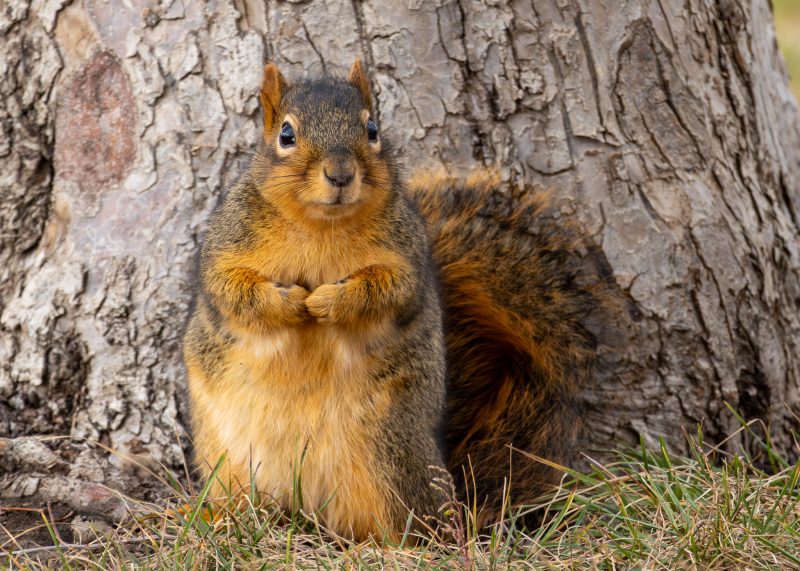
The Fox Squirrel is the largest native tree squirrel in Georgia and is instantly recognizable by its size and diverse color forms. Adults typically range from 10 to 13 inches in body length, with tails adding an additional 10 to 15 inches. Their fur can vary significantly in color, including gray with black, reddish-brown, orange, or even entirely black. In Georgia, the southeastern population often displays bright orange underparts with grizzled gray upperparts, while some individuals may have white noses or ears.
Unlike their gray counterparts, Fox Squirrels prefer open habitats, such as pine-oak woodlands, agricultural edges, and sparsely forested areas. They are often found in Georgia’s longleaf pine ecosystems and sandy ridge forests. Although capable climbers, they spend more time on the ground than other tree squirrels, moving deliberately and with a distinctive bounding gait. They are solitary and more cautious around humans, often freezing or hiding when approached.
Fox Squirrels consume a wide range of food items, including acorns, pine nuts, hickory nuts, seeds, green shoots, buds, fungi, and occasionally insects or small vertebrates. Like other squirrels, they cache food for winter use. They construct large nests of leaves and twigs or use hollow trees for nesting. Females typically raise one to two litters per year, each consisting of 2 to 4 young.
In Georgia, Fox Squirrels are most commonly found in the southern and central parts of the state, including the Coastal Plain and lower Piedmont. While their populations are healthy in appropriate habitats, development and habitat fragmentation have reduced their range in some urban and northern areas. Conservation efforts focusing on longleaf pine restoration benefit this species greatly.
Southern Flying Squirrel (Glaucomys volans)
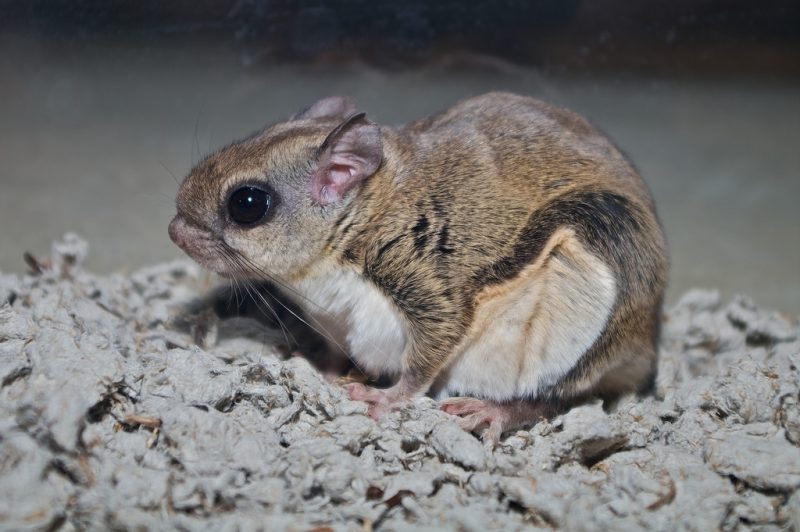
The Southern Flying Squirrel is the smallest and most nocturnal of Georgia’s squirrel species. Adults are typically 8 to 10 inches in total length, including the flattened tail. They weigh between 2 to 3 ounces, making them lightweight and agile. Their fur is soft and dense, with gray-brown upperparts, creamy white underparts, and a distinct membrane called a “patagium” that stretches from their wrists to ankles. This adaptation allows them to glide silently between trees.
Rarely seen during the day, Southern Flying Squirrels are entirely nocturnal and use their large, black eyes to navigate low-light environments. They are highly social and may share winter nests in groups of up to 20 individuals to conserve warmth. These squirrels communicate using high-pitched chirps and ultrasonic calls that are often beyond the range of human hearing. They can glide up to 100 feet in a single jump, steering with their limbs and tail.
Their diet is diverse and includes acorns, nuts, seeds, berries, insects, bird eggs, bark, sap, fungi, and occasionally carrion. Southern Flying Squirrels are opportunistic feeders and store food in tree cavities or nests for leaner months. In residential areas near woodlands, they may visit bird feeders, especially those offering peanut butter or suet. They nest in natural tree cavities, old woodpecker holes, and will also use nest boxes.
Southern Flying Squirrels are found throughout Georgia in mature deciduous and mixed forests, particularly those with dense canopy cover and plentiful food sources. They are more common than most people realize, but their nocturnal lifestyle keeps them hidden from casual observation. Their presence is sometimes discovered only when they take up residence in attics, barns, or birdhouses. Although not endangered, they benefit from forest conservation and the preservation of old-growth trees for nesting.
FAQ About Squirrels in Georgia
What types of squirrels live in Georgia?
Georgia is home to three native squirrel species:
-
Eastern Gray Squirrel (Sciurus carolinensis)
-
Fox Squirrel (Sciurus niger)
-
Southern Flying Squirrel (Glaucomys volans)
These species are common in forests, suburban neighborhoods, and even urban parks across the state.
Which squirrel is most common in Georgia?
The Eastern Gray Squirrel is the most common and widely seen squirrel in Georgia. They thrive in both rural woodlands and urban environments, often visiting bird feeders and nesting in trees near homes.
Where can I see Fox Squirrels in Georgia?
Fox Squirrels prefer more open, pine-dominated habitats and are most commonly found in southern and central Georgia, especially in longleaf pine forests and agricultural edges. They are larger and often more solitary than gray squirrels.
Are flying squirrels found in Georgia?
Yes, the Southern Flying Squirrel is found throughout Georgia but is nocturnal and rarely seen during the day. They live in wooded areas and glide from tree to tree at night using a special skin membrane.
Do squirrels hibernate in Georgia?
No, squirrels in Georgia do not hibernate. They remain active year-round, although they may be less visible during cold or rainy weather. Instead of hibernating, they rely on stored food and well-insulated nests.
What do squirrels eat in Georgia?
Squirrels in Georgia eat a wide variety of foods including acorns, nuts, seeds, fruit, mushrooms, insects, and even bird eggs or small animals on occasion. They often bury nuts in the ground to retrieve later, a behavior called caching.
Are squirrels active at night?
Only one native species in Georgia is active at night—the Southern Flying Squirrel. Both the Eastern Gray Squirrel and Fox Squirrel are diurnal, meaning they are active during daylight hours.
Can squirrels damage homes?
Yes, squirrels—especially gray and flying squirrels—may enter attics or roof spaces, where they can chew wiring, insulation, and wood. Sealing entry points and trimming tree limbs away from the roof can help prevent this.
Are black squirrels found in Georgia?
Black squirrels are a color morph of the Eastern Gray Squirrel. While rare, melanistic (black) squirrels have been reported in some parts of northern Georgia, but they are much more common in the northern U.S.
Is it legal to trap or relocate squirrels in Georgia?
In Georgia, it is illegal to relocate wildlife, including squirrels, without a permit. If a squirrel becomes a nuisance, contact a licensed wildlife control professional. You can also prevent issues by sealing entry points and managing food sources.

